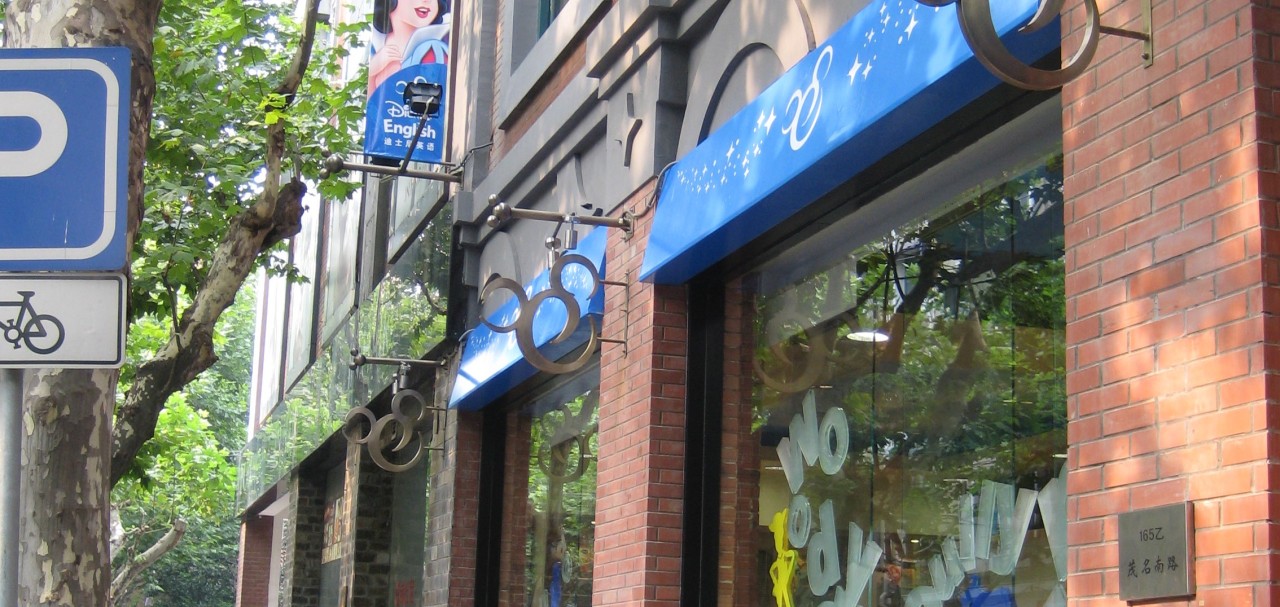In Part 1 of this article I discussed the strategic reasons why Disney decided to launch Disney English, the chain of learning centers in China that it has recently closed. In Part 2, I discussed how Disney addressed some key issues—legal, safety, and brand integrity—through business design and the value of bringing on an experienced team to grow new capabilities.
In this part, I will discuss some details of implementation, and how these were critical in supporting the overall strategy. And given the number of interesting things to discuss, this has gone long—so there will be a Part 4!
Strategic implementation
The key growth for me as an executive at Disney English was a change in perspective from strategy to strategic implementation: linking the details of the supporting operations to the long-term business objectives.
Prior to moving to Shanghai to assume my operational role in Disney English, my career had been primarily in corporate strategy, where we would tackle fundamental strategic questions. What were our key advantages? What were the appropriate economics of the business? How should we allocate our capital between different opportunities? We would research, we would opine, we would lead M&A efforts as appropriate.

My job at Disney English included—in addition to heading up finance and accounting—leadership of the center leasing, design, and construction teams. In every one of these areas, we were starting from scratch. While on paper we had a competitive product addressing a profitable market, the team had to make decisions on thousands of operational details to make it work.
These details were far from trivial. For instance, Disney had no experience in the go-to-market for this business. Without the seasoned business leadership brought in from outside Disney (as discussed in Part 2) we never would have passed Go. I defer this story to people who can tell it better than I can.
My team’s job was to help Disney English hit its operating metrics by inventing and designing a raft of other tools and processes.

Architectural Program. An architectural program was developed to standardize operations and rent costs to the greatest possible extent. The physical design of a Disney English center—its classroom count and the size of each—put a cap on its enrollment, and therefore its revenue. Rent expense was driven by total square footage, which had to incorporate spaces that drove no direct revenue but served essential functions—reception, the Clubhouse, bathrooms, administration, and storage. By working from the program, we strove to optimize lease costs as a percentage of revenue—among other goals.
Feasibility Studies. Almost every operating metric was driven by where a center was located. The population of kids in its catchment area—a reasonable travel radius around their home or school—determined how long it took to fill and imposed some limitations on where we could build the next center. Signage, visibility, and foot traffic could improve or impact the efficiency of marketing. Rent per square foot and limitations of the physical layout (among them staircases, structural walls and columns) could impact operating margin even with an optimal architectural program.
We developed a feasibility study format that considered the concerns of each operational facet and assessed how effective a given site was at addressing those concerns. This served as a powerful tool for communication and decision-making on the go-ahead for new locations.
Operating schedules. The other metric that capped enrollment was the number of classes we could hold in each classroom per week. Building a scalable approach to managing this metric proved surprisingly challenging. On the one hand we had to schedule feasible class times for the kids—generally in the early afternoons or evenings during the week and all day on weekends. On the other we had to schedule an appropriate work week for each of our full-time trainers—incorporating reasonable shift lengths, all required breaks, and two consecutive days off.

Hitting our labor margin required the greatest number of sellable classes, manned with the fewest number of trainers; otherwise, our labor costs would balloon. Optimizing this was a complicated game of Tetris that ultimately required each of our trainers to follow a different work week through various classrooms in the center. Ultimately, we codified this into a master schedule format that was linked to the size and fill stage of every center.
Finance Systems and banking relationships. To lightly touch on this in passing, years before we launched Disney English, Disney had standardized on an ERP system with limited flexibility. This system was simply overkill for a startup like ours. We had to adopt and implement a much lighter accounting and planning system. We also had to deal with issues of cash management—identifying a bank with a sufficient local presence to manage cash drops, implementing a POS, and creating processes in each center to ensure that cash was safeguarded.
***
For me, getting deep into this process—collaborating with my peers on our high-level strategic direction and concurrently working with my team to design supporting details that would help steer us there—was the most rewarding part of my role. This is what motivated me to leave Disney to develop myself as a CFO in the venture-backed world, and it’s the approach I bring to the table as a member of each executive team of which I am a part.
In Part 4, I’ll conclude this series with a few personal learnings I had during my tenure at Disney English and some final thoughts on both its shutdown and its legacy.
